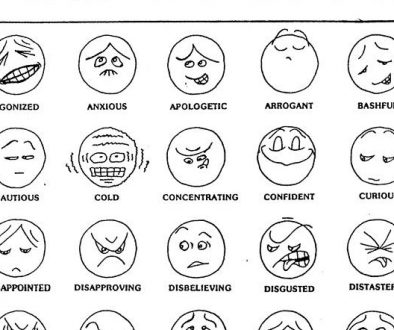N>N>N>N Four Skills of Self-Empathy; by Jim Manske
Notice
Name
Need
Now
Here’s a quick self-empathy tool you can try, an homage to the 14th letter of the English alphabet, the letter N.
1. Notice. Notice what’s happening, right now. You can notice anything, and it can contribute to self-reflection and self-understanding.
You can notice a feeling, especially a feeling of separateness. You may notice a wish for space between you and another, You may notice a feeling of constriction in the body. You may notice something in the world that calls you to become more alert. Or you may notice a thought, for example, blame, criticism, the urge to punish, or a demand.
Various forms of mindfulness help to heighten our acuity in noticing. For example, traditional mantra-style meditation can contribute to more awareness of thinking, a meal enjoyed in silence may increase our awareness of flavors and aromas, or loving-kindness meditation may enhance our capability to feel our feelings.
NVC, for me, has become a mindfulness toolbox, each moment inviting me to notice my direct experience. Each component of NVC calls me to Presence: Observing the World, Feeling the Body, Attending to Needs and tuning into to intuitions and Requests. What do you notice, right now?
2. Name. Naming what you notice gives you perspective and creates a witnessing distance between yourself and thoughts, feelings, or the world of objects. Naming also calms the nervous system, engaging parts of the brain less likely to continue reacting in a life-alienated way. You can experiment with different levels of granularity about your naming, ranging from the vague, “something’s happening” to the concrete specifics of a sensory-rich observation: “the breeze is blowing across my moist skin. I notice a chill.”
3. Need. This skill emerges from a combination of the other two. I notice a feeling. I name it “discomfort in my belly.” I notice the clock. The clock reports it’s 12:30 pm. I notice the thought, “lunchtime!” Considering what I notice and what I name, I check further with a gentle inquiry. What is this feeling telling me is important? Ahhh, the discomfort is hunger. I need sustenance! This noticing a feeling, naming it, and linking the feeling to a need tends to foster self-compassion. With practice, we deepen our understanding that our needs make us human, and that these needs connect us within our human family. We all share the same needs. Thus, self-compassion breeds compassion. And compassion can lead to action…
4. Now! Naming, Noticing and acknowledging Needs brings us to Presence. In this moment, we can choose from a menu of options about how we would like to respond to the need(s) we have identified. This helps us to foster self-connection and intuition as well as self-responsibility and self-empowerment. I go to the refrigerator, I open the door, I scan the options, I make a choice, and then I make something to eat.
Now that you have read this, what will you do? How can you practice these four skills of self-empathy, right now?



